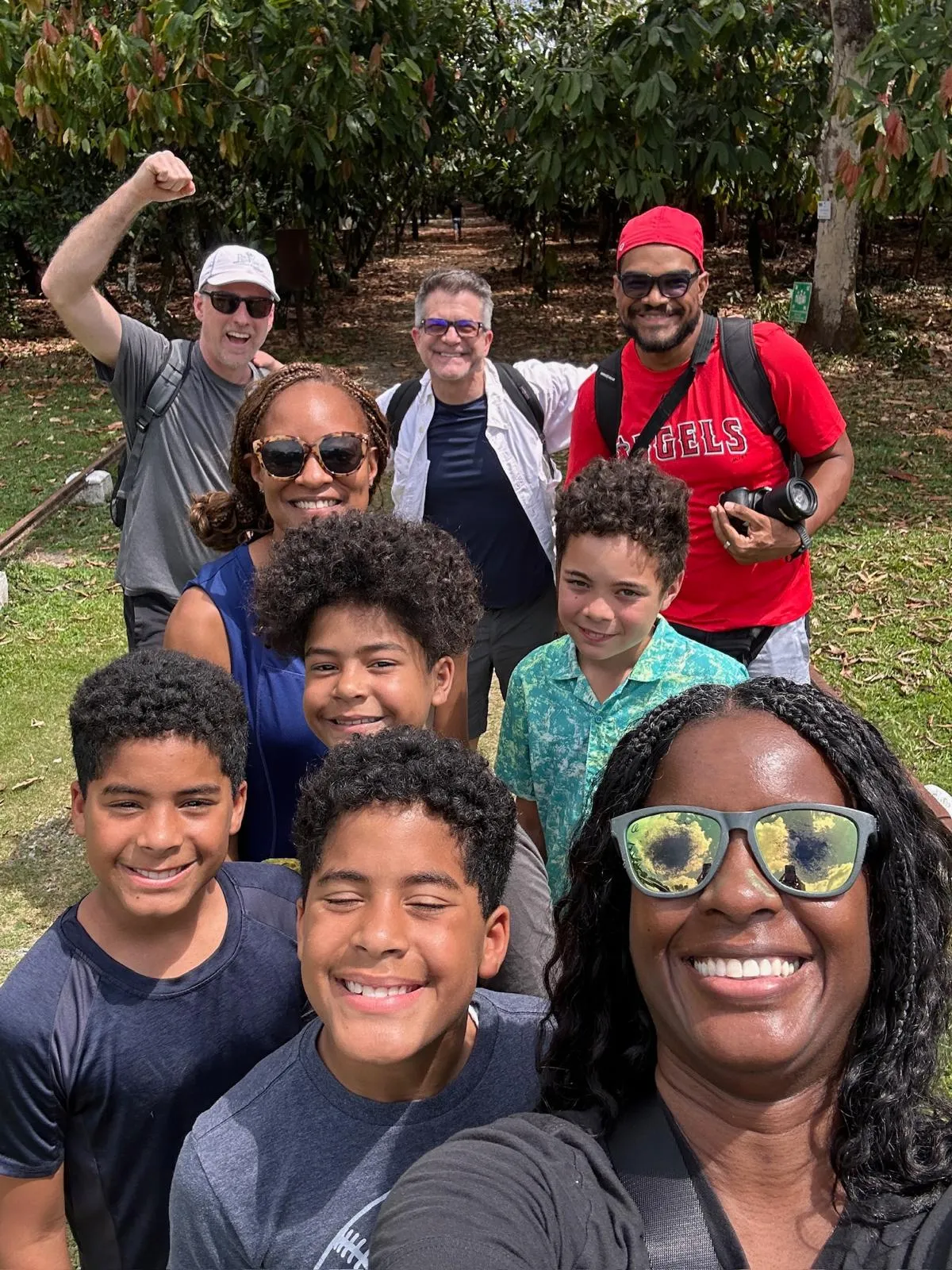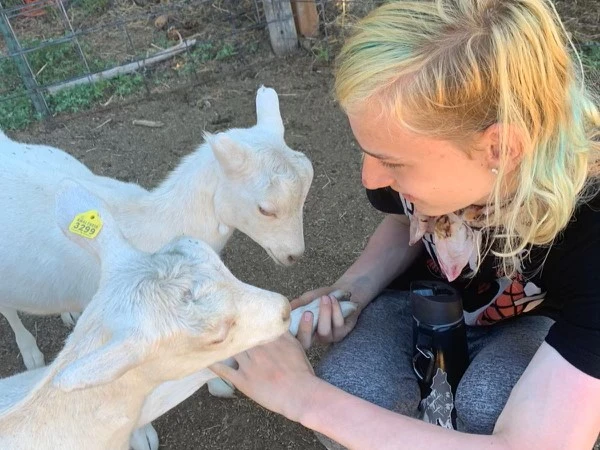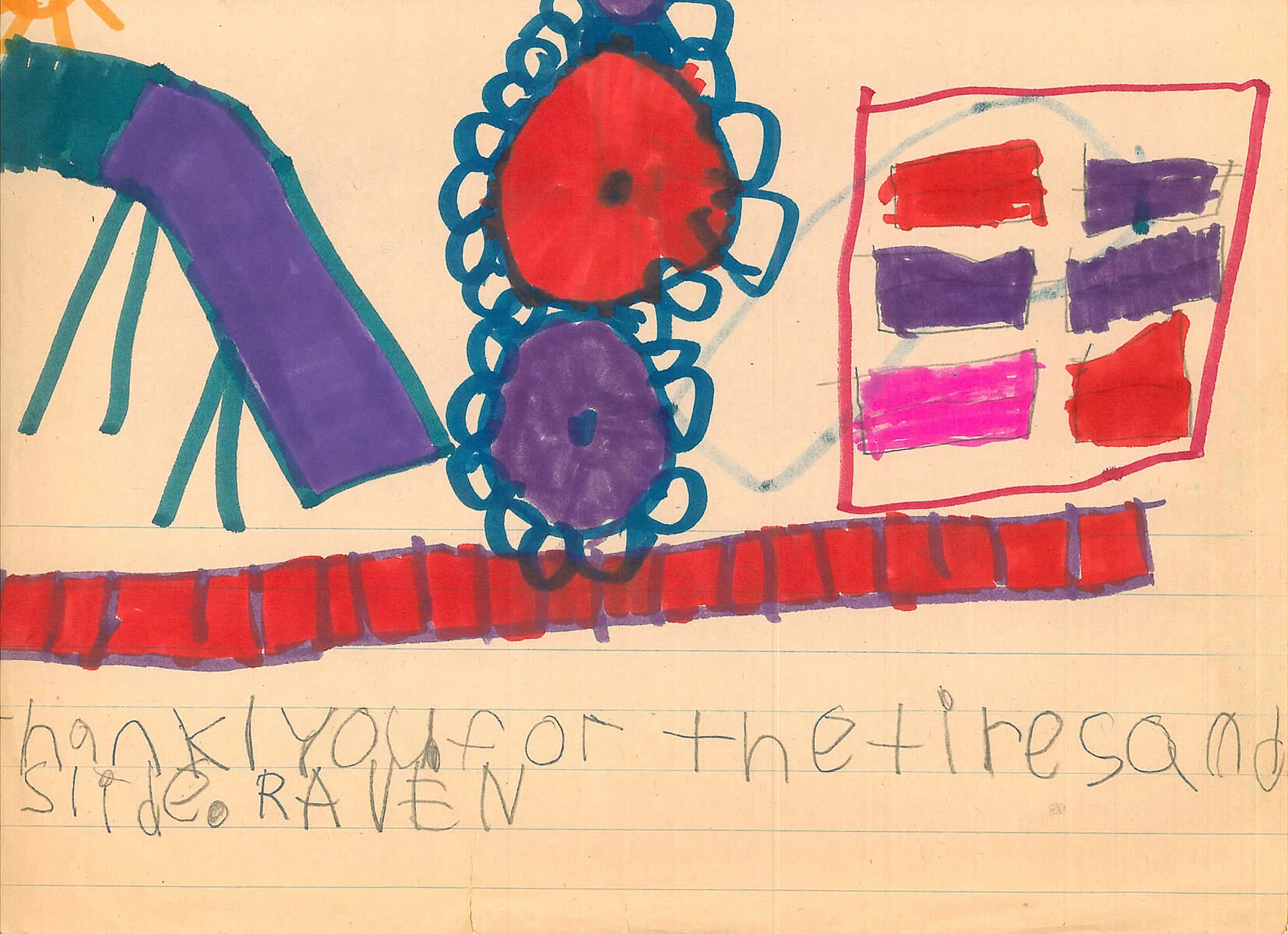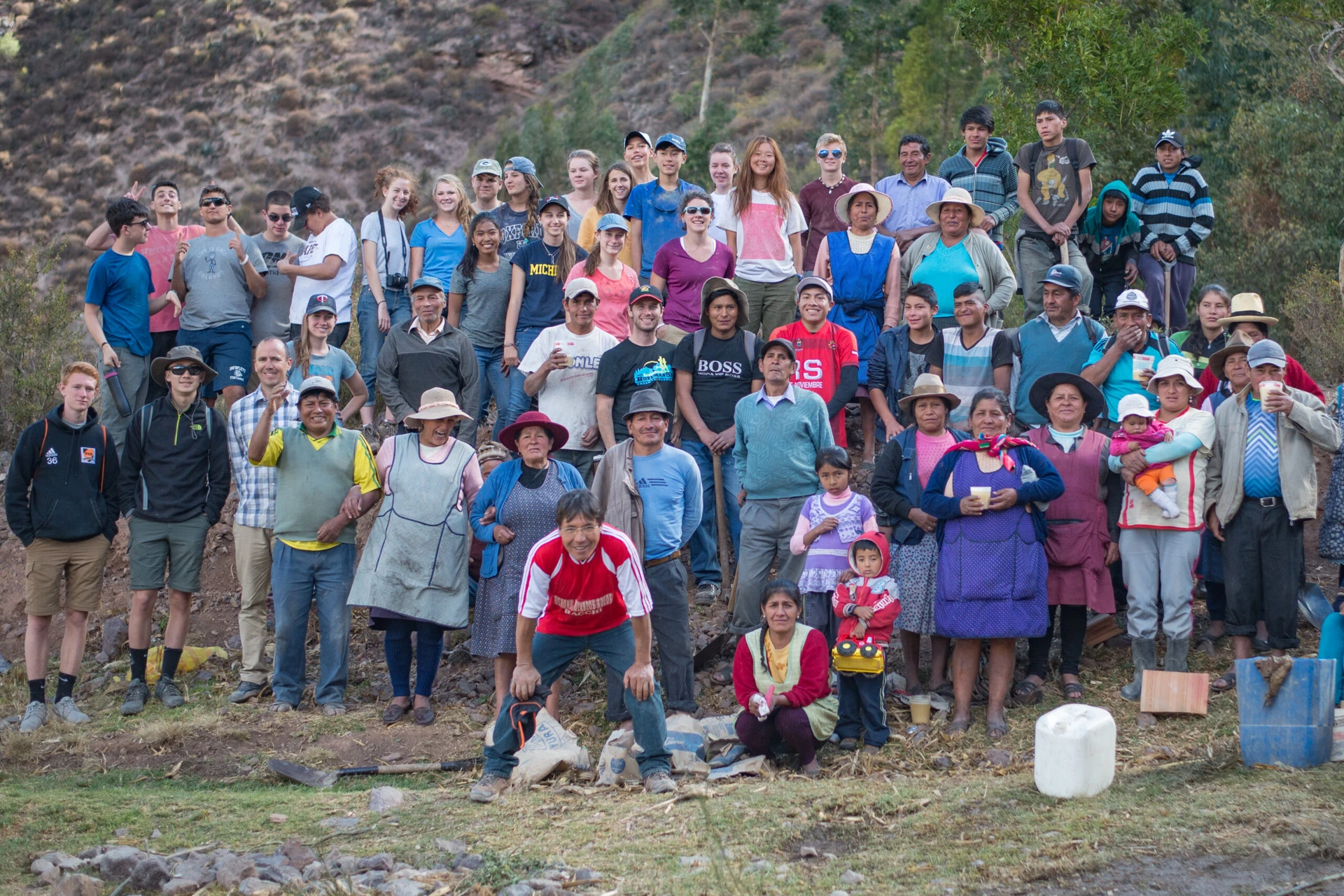
By Tim Parsons
Thoughts of past programs tend to re-surface this time of year. Simple tasks such as making a list of outdoor supplies for Alaska trigger memories of mammoth dragonflies, crampons and ice axes, the faces of Athabaskans and participants. Passing a mango in the grocery store, I suddenly see the local kids around our home in Dominica in their bulging shirts stuffed with fruit for their new American friends. Approaching departure dates always bring back my first VISIONS journey to Alaska.
By June 1998 I had been working here in the office about nine months. I was excited by everything I was learning about VISIONS but wasn’t thinking about traveling to a program site. I’d been hired to work in the office year-round. Program supplies had been bought and sorted, the staff had gone on from training here to their respective program sites.
But then, a few days after the staff departed, news came that an Alaska staffer was leaving the program for a family emergency and wasn’t returning. Someone had to replace her, and that someone was me.Five days later a friend was driving me to Baltimore on the first leg of a 24-hour trip from Harrisburg, Pennsylvania, to Mentasta, Alaska. My plane took off around 4 PM. The quiet, sparsely seated flight to Cleveland lasted about four hours. After a two-hour layover, I re-boarded the same plane for the four-hour leg to Seattle.
As I de-planed in Seattle, a flight attendant handed me a pair of wings. “For all the time you spent with us, you deserve these,” she said. An hour and a half later, around 1 AM, I boarded the plane that would take me to Anchorage, the last four-hour flight of my journey to the Land of the Midnight Sun.
I arrived in Anchorage about 4 AM local time. I had four hours until the bus left for our program home base in Mentasta Village. As I wandered the airport I realized that I was west of the Mississippi for the first time in my life, and the airport wasn’t what I wanted to see.
I took a cab to the Bus Company, a weathered building with two old vans parked out front that had been converted to hold about 20 people. I didn’t catch the sunrise but the view of the mountains was spectacular. Eventually, the driver and a few other passengers showed up, and we headed out. Our first stop was the Anchorage newspaper offices because, the driver explained, “On Sundays I pick up the big paper and drop bundles off along the route.”
Just shy of six hours, 10 villages and souvenir shops, and countless astonishing views later, I was deposited at Mentasta Lodge, seven miles from Mentasta School, which I thought was my final destination. I called the school, was rounded up, and at 2 PM was inside the front door where I dropped my duffel bag. One of the staffers asked if I was tired. When I said I hadn’t really slept in about 30 hours, he suggested I catch a few winks. “Sleep for a couple hours, eat something, get cleaned up, then pack up your backpack. You’re hiking out to meet half the group on their camping trip.”
He thought it was funny. I simply added it to the list of my many modes of transportation that would take me to my first night’s sleep in Alaska: a friend’s car, two airplanes, a taxi, a bus, a van, and now my feet.
The staff knew I’d been in the army and assumed, by what preconceived notion I do not know, that all army vets (including ones, like me, who only drove a forklift) were seasoned outdoorsman. Actually, my compass training consisted of two hours at Fort Dix, NJ, and up to that point I’d seen maybe two topographic maps in my life. Panic set in when all three staff remaining at home base encouraged me to hike solo to the camp site. Luckily, one of the staffers opted to accompany me to the campsite because he wanted to look for moose antlers.
I re-packed, put on a clean tee shirt and my old, comfortable, durable army fatigue pants with lots of pockets. To this day, I’m not entirely sure that my staff guide didn’t get us lost. For nearly two hours, we slogged on marshy grass through clouds of mosquitoes, small branches snapping back into my face. The high point of the trek was the log I didn’t see until after I tried to drive my shin through it.
Finally we arrived at the campsite as dinner was wrapping up. I must’ve been a sight. Over six feet tall, army fatigues, a belt knife, unshaven with dark circles under my eyes, still cursing that log under my breath. One kid gazed up at me and said, “Are you here because we’ve been a little out of control? Did they send for an enforcer?”
I tried for a reassuring smile, but don’t remember it working real well. I gave up, winked, and assured the whole group I was going to be no harder on them than they deserved. After introductions, I sat down to some cous-cous and dried fruit. We cleaned up, had circle and went to bed.
When I crawled out of my tent the next morning it was into crisp cool air that smelled of pine. There were rough-hewn mountains close by, and the bright blue sky seemed far away. There was a lake just beyond the tents, and on it a pair of beaver dams. Looking around, I thought to myself, “As long as it took to get here, it was worth it.”
Now, three summers later, that first VISIONS program remains the one I think of first when someone asks me what a VISIONS program is like. I learned things about another culture and service work, about my new friends and myself that have stuck to this day. I experienced first hand all the self discovery and sense of wonder I had read so much about in the program evaluations and essays of returned participants from the summer before. The destination was well worth the journey, something that has held true for all the VISIONS programs I’ve led since then.
Oh, and the lessons I learned in patience, adaptability, and perseverance? They came in handy the first time I went to Dominica. But that’s another story.






